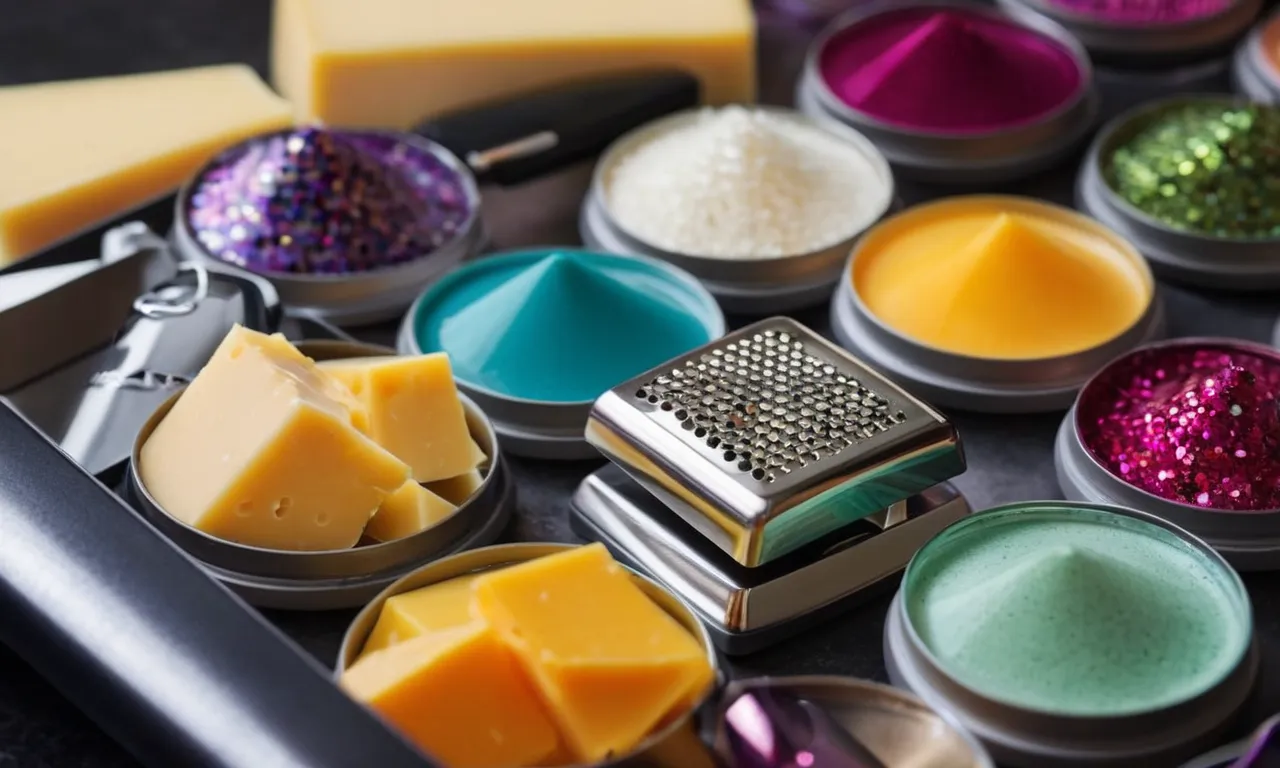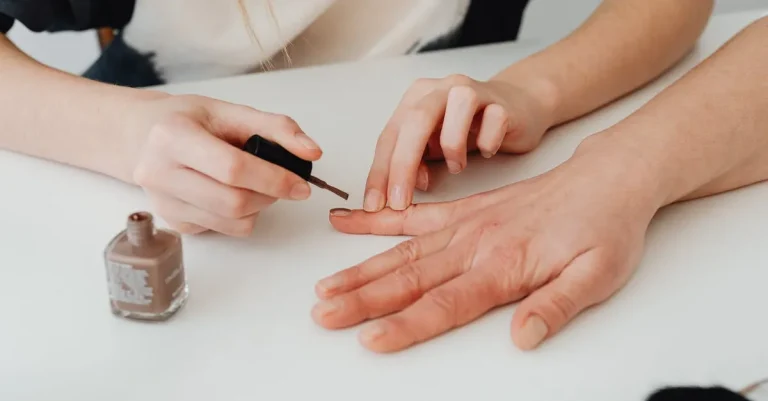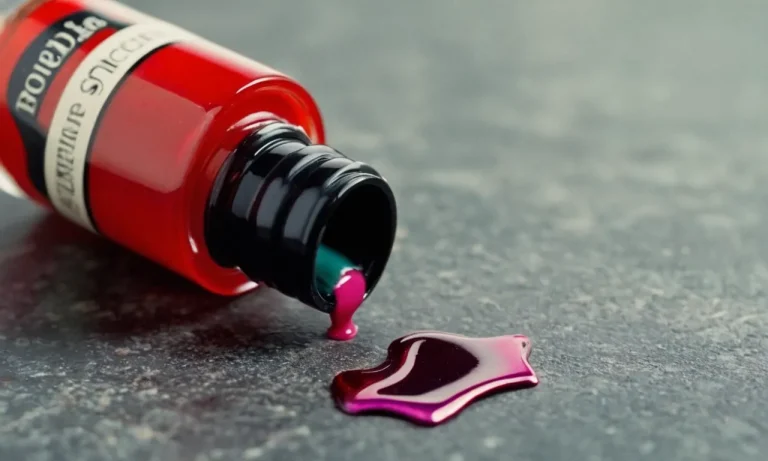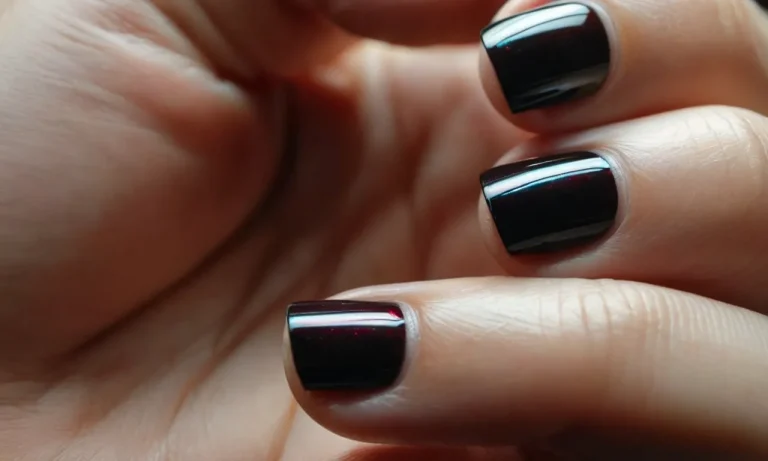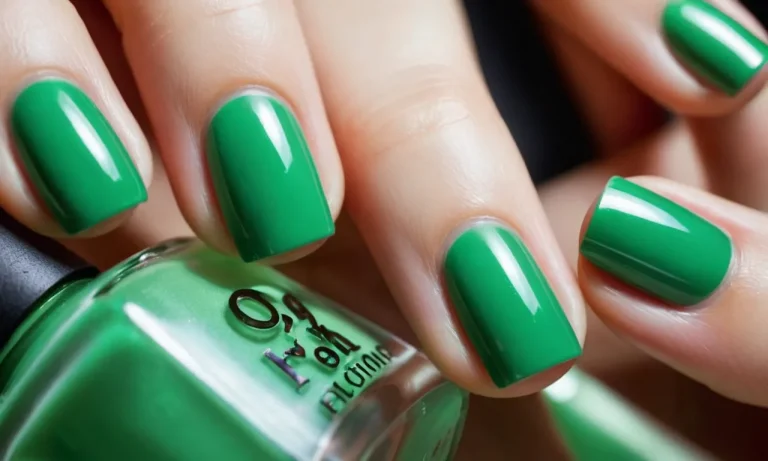Do Nail Salons Use Cheese Graters? The Surprising Truth
If you’ve ever gotten a manicure or pedicure at a nail salon, you may have wondered: Do nail salons use cheese graters on clients’ feet? The short answer is no, nail salons do not use actual cheese graters during pedicures.
However, they do use specialized foot files that resemble cheese graters in appearance. Read on to learn all about the tools nail techs use to smooth and exfoliate clients’ feet, and why they may look similar to kitchen graters.
In this comprehensive guide, we’ll cover everything you need to know about the tools used at nail salons during pedicures. You’ll learn about foot files, pumice stones, and callus removers – what they’re made of, how they work, and why they may resemble cheese graters.
We’ll also discuss best practices for using these tools safely and effectively. By the end, you’ll have a clear understanding of pedicure foot care tools and why cheese graters are not among them.
Pedicure Foot Files and Their Cheese Grater Appearance
What Are Pedicure Foot Files?
Pedicure foot files, also known as foot rasps or foot files, are tools used during pedicures to gently remove dead skin from the bottoms and sides of feet. They are an essential pedicure supply and help keep feet smooth and soft.
Foot files resemble small rectangular blocks made of metal, glass, ceramic, pumice stone, or other abrasive materials. When rubbed against feet, they help slough away calluses and rough skin.
Why Do Foot Files Resemble Cheese Graters?
There are a few key reasons why pedicure foot files often look like miniature cheese graters:
Differences Between Foot Files and Actual Cheese Graters
Despite their resemblance, there are some notable differences between foot files and real cheese graters:
| Foot Files | Cheese Graters |
| Designed for use on dry, calloused skin | Designed for grating and shredding cheese |
| Use relatively fine abrasives for gentle filing | Use sharp, coarse abrasives for cheese cutting |
| Usually have smaller surface area | Usually larger for grating more cheese |
| Made of metals like stainless steel, aluminum, or glass | Often made of stainless steel or steel |
| Used during pedicures and foot care | Used in food preparation and cooking |
The main takeaway is that while foot files may mimic some design elements of cheese graters, they are crafted with more skin-friendly abrasives and metals for removing calluses, not shredding cheese. They should never actually be used for grating food despite the resemblance.
Other Pedicure Tools for Foot Exfoliation
Pumice Stones
Pumice stones are volcanic rocks that have lots of little holes and crevices, making them ideal abrasive tools for sloughing away dry, calloused skin on the feet. When used in pedicures, the aesthetician wets a pumice stone then gently rubs it over rough areas on the heels and balls of the feet to remove dead skin cells.
This type of foot exfoliation helps soften calluses and prepares the feet for additional moisturizing treatments. Many nail salons use high-quality pumice stones for pedicures because they are safe, non-toxic, affordable, and reusable.
An alternative to traditional pumice stones are crystal glass pumice stones. They contain micro-fine glass granules suspended in a crystal block and
| are more gentle on the skin. They also tend to last longer than natural pumice rocks | which can crumble over time.
Both types effectively buff away thick calluses when used properly. But it’s important that nail techs have training on gently yet thoroughly exfoliating with pumice to avoid damaging healthy skin or imposing pain. |
Foot Scrubbers and Callus Removers
In addition to manual exfoliation with stones, many professional pedicures incorporate mechanical scrubbing tools. Popular options are foot files, foot scrubs with gritty exfoliants, and battery-powered spinning devices designed to sand away thick calluses.
Brands like Amopé sell electronic files with rotating mineral rollers that smoothly remove hard, dead skin. They generate little friction or heat, making them safer alternatives to metal foot graters found in some nail salons.
While graters aggressively scrape skin cells, proper callus buffers gently ease them away to disclose healthy, rejuvenated layers underneath. This progressive approach helps prevent reformation of stubborn calluses week after week.
Another recent development is enzymatic callus softeners and removers. Products like Glysolid contain fruit acids that react with dead skin cells, breaking down the bonds that hold them to the foot. After a few minutes, calluses can be gently wiped or scrubbed away.
Using natural enzymes rather than harsh abrasives reduces irritation, inflammation, and discomfort. While manual and electric file systems still work well, enzyme peel pedicures are viable chemical-free options for people with sensitive skin.
They deliver smooth, sandal-ready feet without the aggressive rubbing.
Proper Use of Pedicure Foot Tools
Using Light Pressure and Circular Motions
When using pedicure tools like foot files and callus removers, it’s important to use gentle, circular motions. Applying too much pressure can damage the skin and lead to cuts or cracks in the feet. Gently glide the tools over heels, balls of feet, and other callused areas using small circles.
This will smoothly buff away thick, dead skin over time without irritation. According to the Nailsmag, light, circular motions are always best for safe exfoliation.
Focusing on Heels and Balls of Feet
The main areas to focus exfoliating tools on are the heels and balls of feet. These areas often develop the thickest calluses from pressure while walking and wearing shoes. Carefully run tools over the heels and balls of feet using gentle, circular motions to smooth and reduce built-up skin.
According to Today, focusing on these high-pressure points helps prevent cracked skin and discomfort while walking.
Disinfecting Tools Between Clients
Proper sanitation of pedicure tools between clients is crucial to prevent spread of bacteria, fungi, and viruses. All non-disposable foot files, buffers, pumice stones, and other exfoliators should be fully immersed in EPA-registered disinfectant for the product’s recommended contact time.
According to the Barbicide company, immersion times typically range from 10-20 minutes. This ensures full disinfection against disease-causing pathogens. Technicians should also wear gloves while using tools and sanitize hands before working on the next client.
Applying Moisturizer After Exfoliation
It’s important to replenish moisture after removing calluses and dead skin through exfoliation. Apply a hydrating foot cream or balm to freshly smoothed skin, massaging over entire feet including heels, balls, toes, and ankle.
Thick creams and butters containing ingredients like shea, cocoa butter, vitamin E, and dimethicone help seal in moisture. According to Byrdie, moisturizer should always be the final step of an at-home pedicure to prevent development of new calluses and cracks.
Risks and Safety Tips
Potential for Skin Damage if Improperly Used
Using tools meant for feet on hands can lead to pain, injury, and infection. Cheese graters are designed for hard cheeses, not delicate skin. Improper use can result in:
To avoid harm, the proper safety precautions are crucial. Don’t try DIY hand callus removal with inappropriate tools! Seek professional help instead.
Seeking Professional Help for Serious Calluses
For severely troublesome hand calluses, consult a manicurist. They have specialty training in using specialized tools properly and safely. Attempting big callus removal without training risks going too deep into skin layers.
Professionals also sterilize equipment properly between clients to prevent spread of infections like warts or fungus. DIY attempts mean risking exposure to bacteria and pathogens unknowingly. Let the experts handle the tough skin removal!
Speaking Up if Experiencing Discomfort
During professional manicures and pedicures, don’t hesitate to voice concern over pain or discomfort! Ethical salon techs will stop a service if a client is uncomfortable.
Your health and safety comes first. Don’t worry about being perceived as rude. Simply state, “I’m feeling some discomfort with this tool’s use. Could we try something less abrasive or focus on another area instead?”
Bottom line: advocate for your own wellbeing. Techs aim to pamper you, not harm you. Speak up right away about problems so they can adjust techniques or tools! There are always alternative options.
Conclusion
While it’s understandable why someone may mistake a pedicure foot file for a kitchen cheese grater, these specialized tools were designed with foot care in mind. With proper use by trained technicians, foot files can safely remove calluses and rough skin.
The end result is silky smooth feet ready for a fresh coat of nail polish.
Next time you visit the nail salon for a pedicure, you can rest assured knowing your feet are in good hands. And if you happen to see a tool resembling a cheese grater, no need for alarm – it’s just a foot file doing its job!

